
Deutsch-Chinesische Enzyklopädie, 德汉百科
 Kinki
Kinki


姬路城(日语:姫路城/ひめじじょう Himeji-jō)是一座位于日本兵库县姬路市的城堡,为该市主体象征。由于其白色的外墙,也被称为白鹭城(白鷺城/はくろじょう・しらさぎじょう)。
作为日本最具象征意义,且保留度最为完整的城堡,姬路城是日本政府指定的国宝及国家特别史迹,也是日本首批世界文化遗产之一。由于其保存度相当完好(城内的天守为日本的十二座现存天守之一),也被称为“日本第一名城”。许多时代剧和电影也在这里进行拍摄,或以姬路城作为江户城的象征。
Die Burg Himeji (japanisch 姫路城, Himeji-jō) befindet sich in der Stadt Himeji in der japanischen Präfektur Hyōgo.
Sie ist eines der ältesten erhaltenen Bauwerke aus dem Japan des 17. Jahrhunderts. Die Burganlage, die aus 83 einzelnen Gebäuden besteht, gilt als schönstes Beispiel des japanischen Burgenbaus und hat den Beinamen Shirasagijō (白鷺城, dt. „Weißer-Reiher-Burg“), eine Anspielung auf ihre weißen Außenmauern und Dächer. Trotz ihrer architektonischen Schönheit, wie z. B. ihr spiralförmiger Grundriss, sind ihre Wehranlagen (nawabari) hoch entwickelt, so dass die Burg als praktisch uneinnehmbar galt.
Die Burg von Himeji gehört zu den nationalen Kulturschätzen Japans, wurde 1956 zur Besonderen historischen Stätte (tokubetsu shiseki) erklärt und 1993 von der UNESCO als Weltkulturerbe anerkannt.

展品范围
农业机械: 轮式拖拉机、插秧机、联合收割机、旋耕机、田园管理机、割草机、植保机械、各类农机具、其他农业机械和设备,零配件
畜牧园林机械: 园艺园林设备与用品;植物保护和化肥,杀虫剂,除草剂机械设备与产品;灌溉和排水系统;饲料和饲料机械
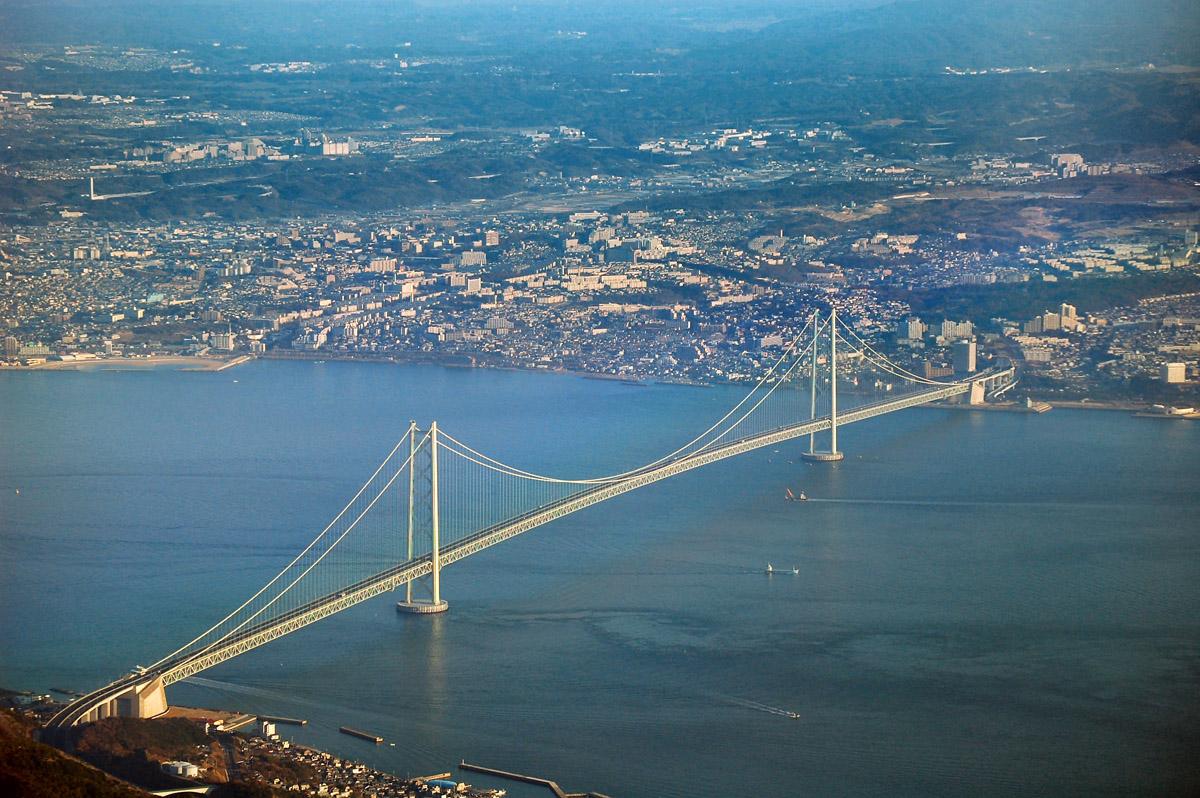
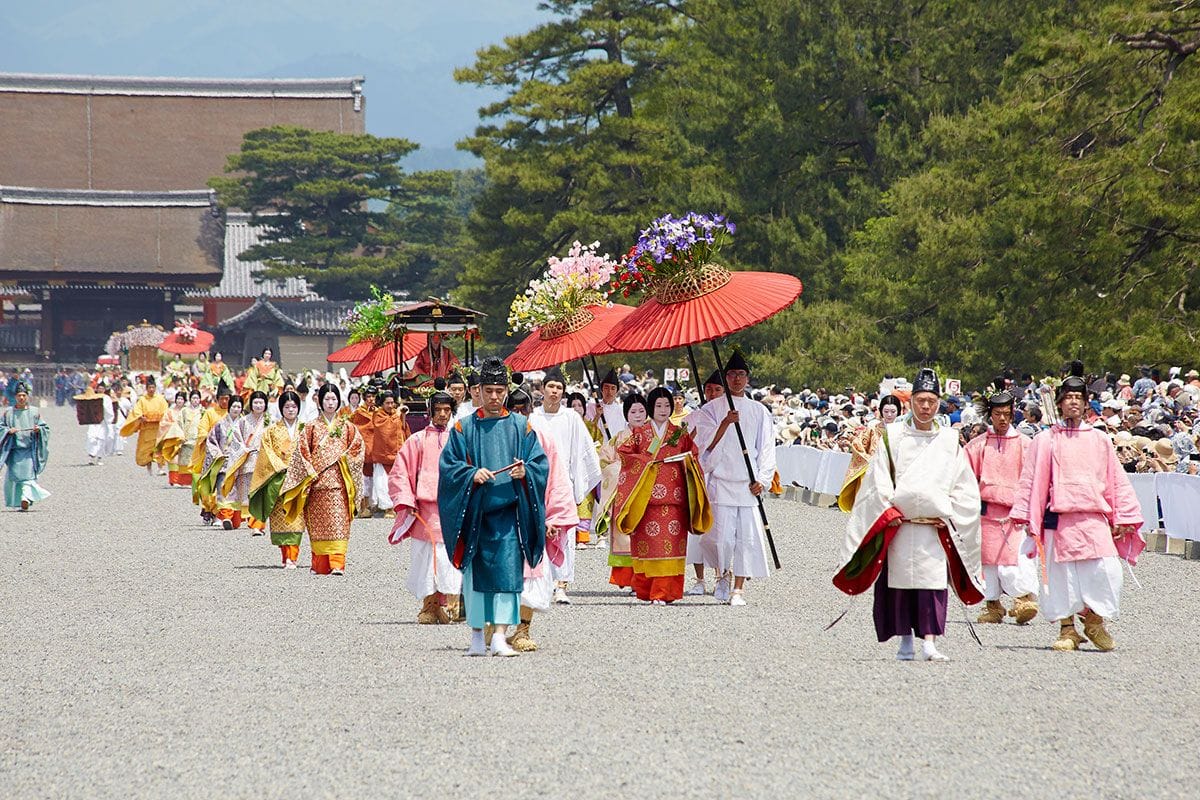

 Asia-Pacific Economic Cooperation,APEC
Asia-Pacific Economic Cooperation,APEC

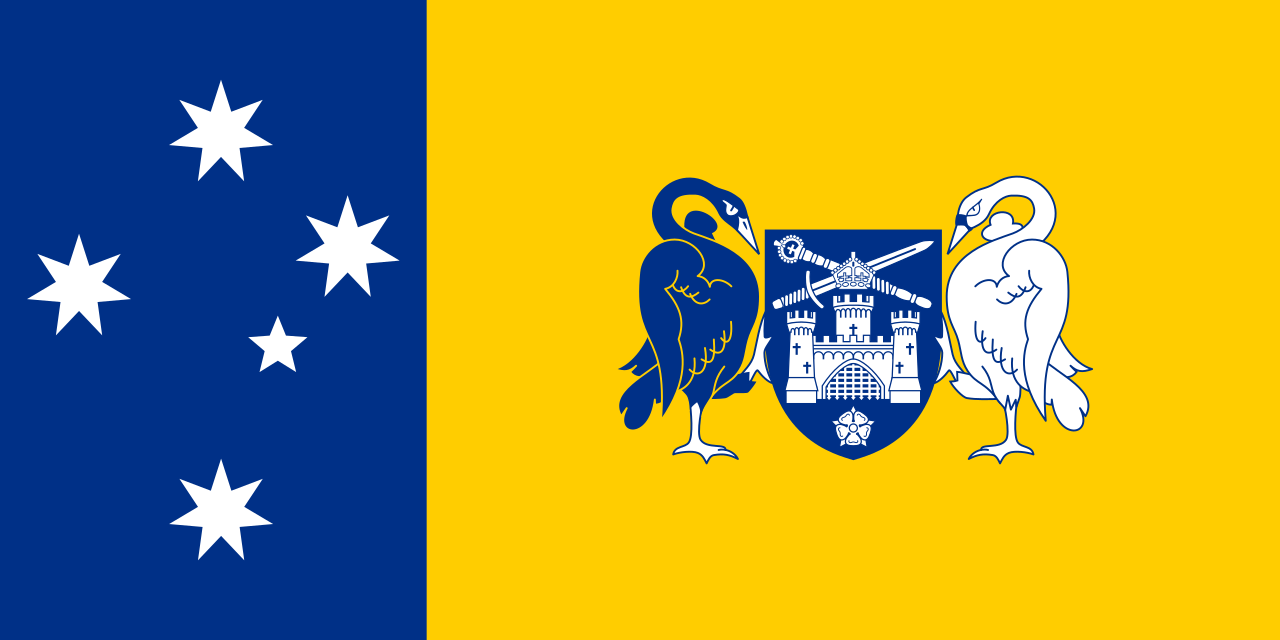 Australian Capital Territory-ACT
Australian Capital Territory-ACT
 Australia
Australia
 Beijing Shi-BJ
Beijing Shi-BJ

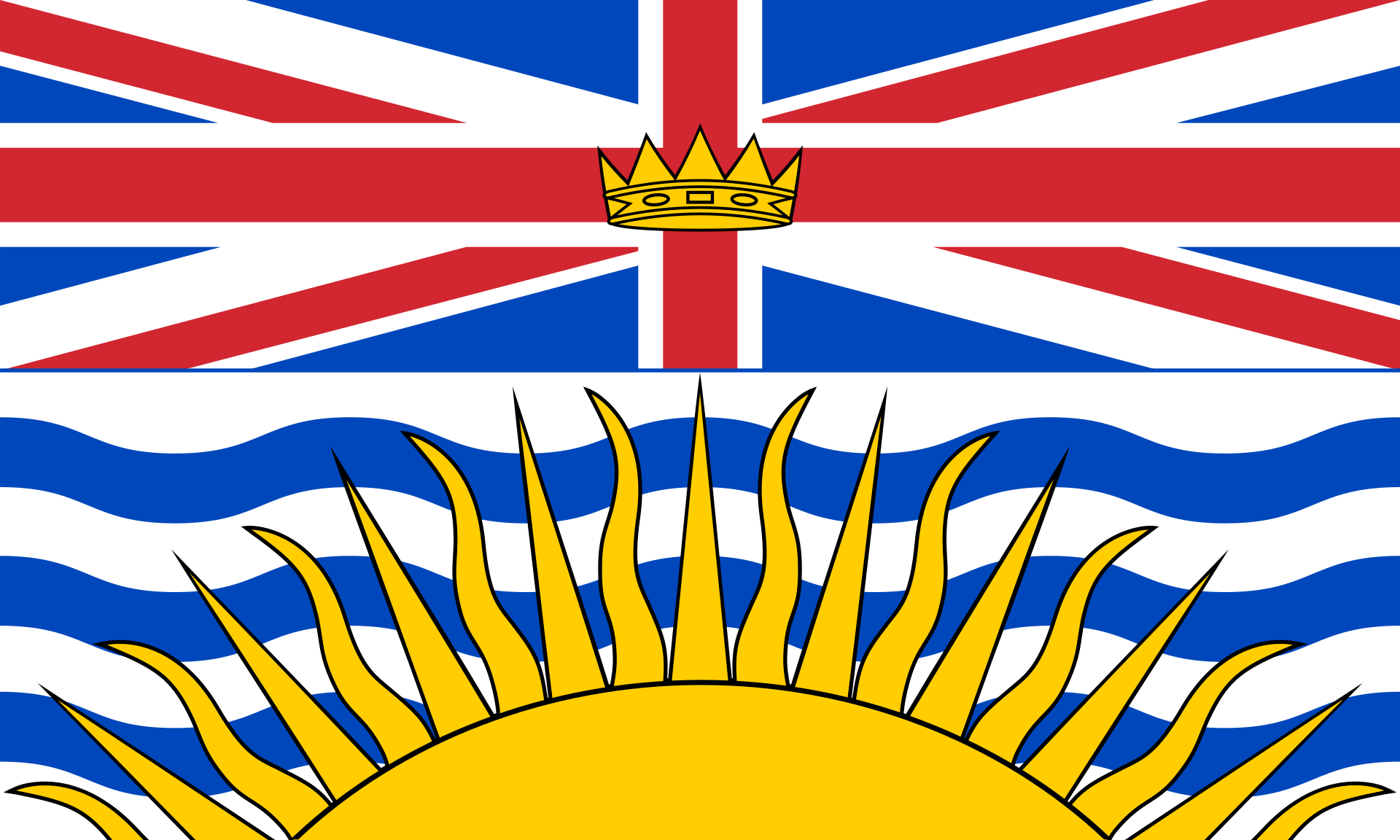 British Columbia-BC
British Columbia-BC
 Brunei Darussalam
Brunei Darussalam
 Chile
Chile
 China
China

 Hand in Hand
Hand in Hand

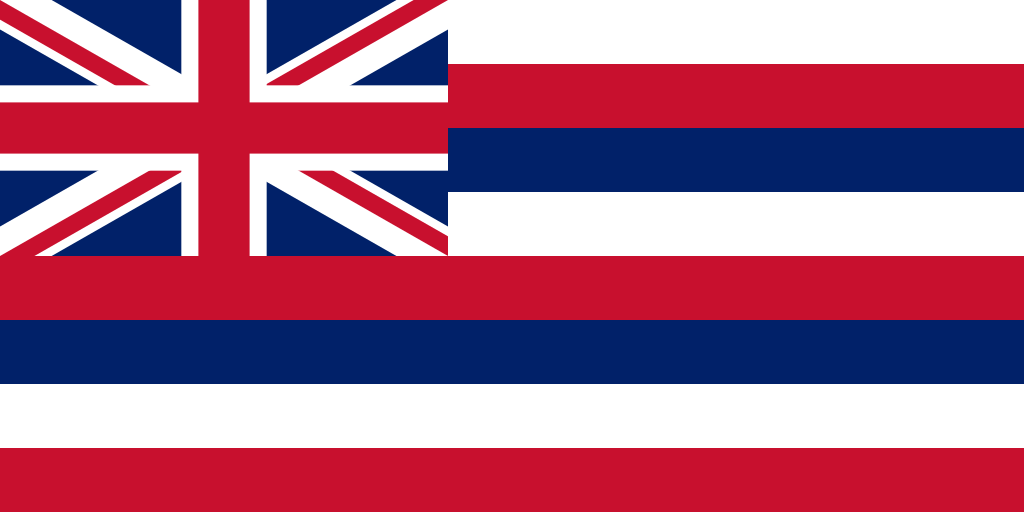 Hawaii-HI
Hawaii-HI
 Hongkong Tebiexingzhengqu-HK
Hongkong Tebiexingzhengqu-HK
 Indonesia
Indonesia
 Japan
Japan
 Canada
Canada
 Kantō
Kantō
 Kinki
Kinki
 Malaysia
Malaysia
 Mexico
Mexico
 New Zealand
New Zealand

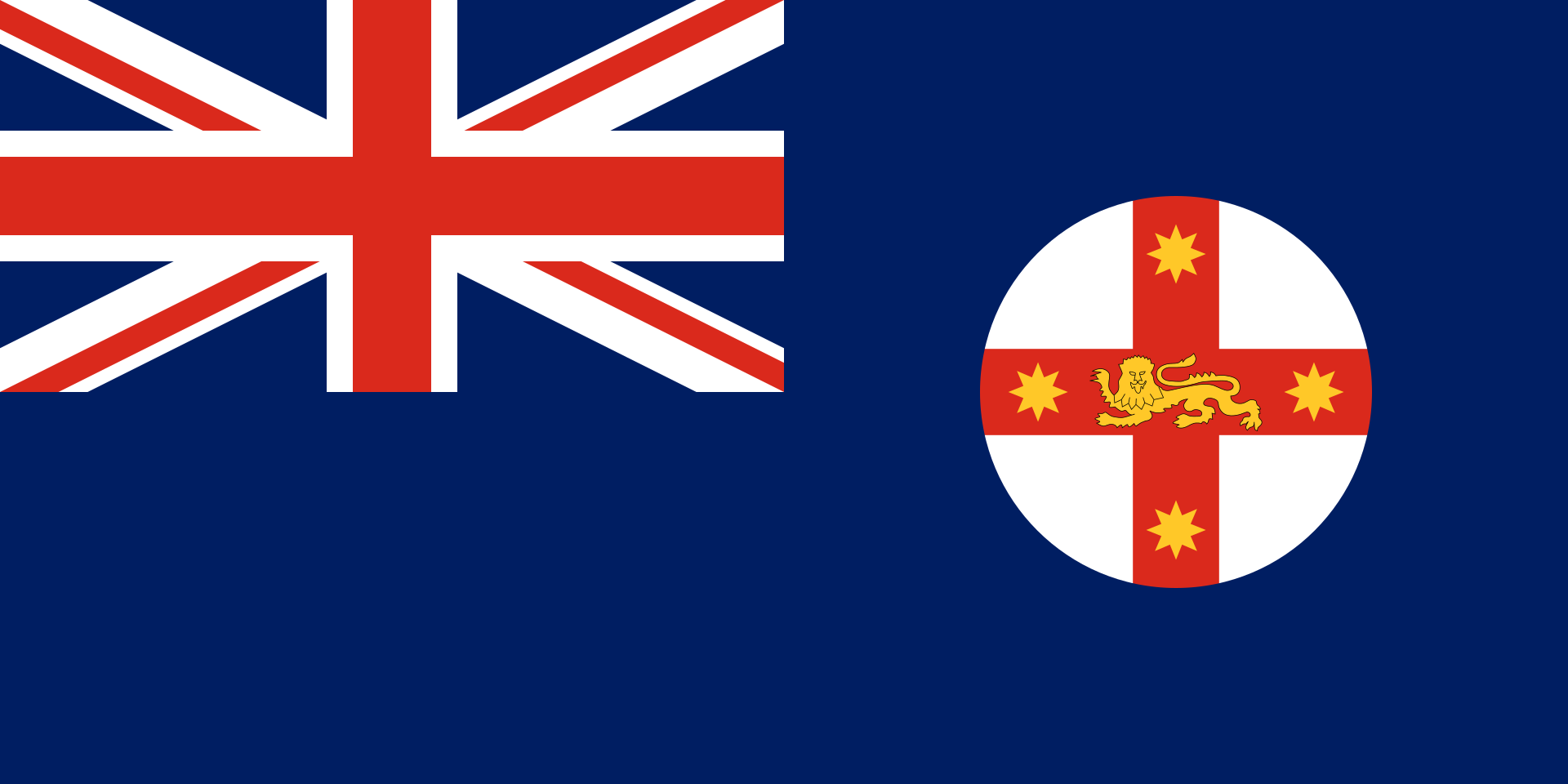 New South Wales-NSW
New South Wales-NSW
 Papua-Neuguinea
Papua-Neuguinea

 Party and government
Party and government

 Party and government
Party and government
 Asia-Pacific Economic Cooperation,APEC
Asia-Pacific Economic Cooperation,APEC
 Peru
Peru
 Philippines
Philippines
 Republic of Korea
Republic of Korea
 Russia
Russia
 Shanghai Shi-SH
Shanghai Shi-SH
 Singapore
Singapore
 Taiwan Sheng-TW
Taiwan Sheng-TW
 Thailand
Thailand
 United States
United States
 Vietnam
Vietnam

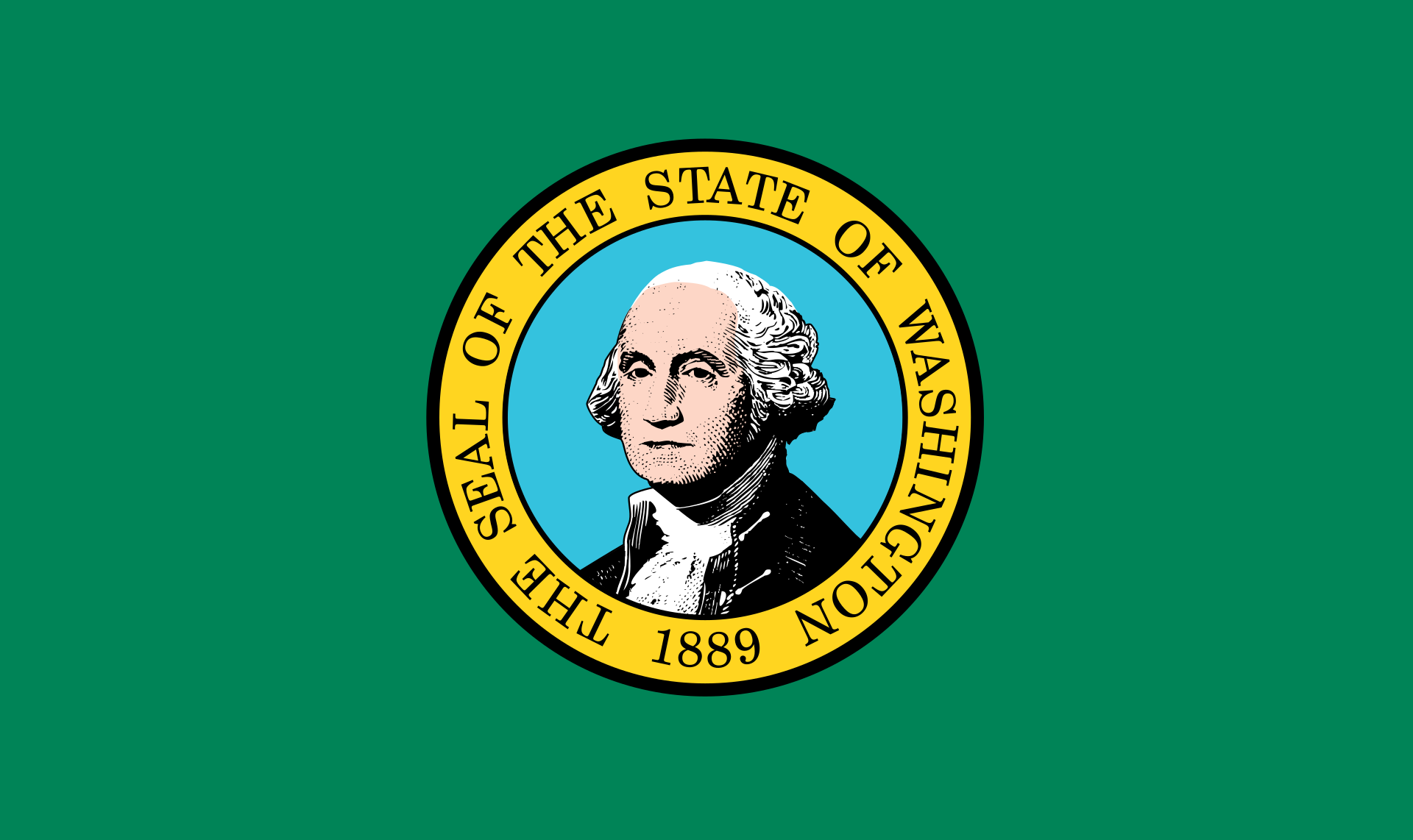 Washington-WA
Washington-WA

 Important International Organizations
Important International Organizations

亚太经济合作组织(简称亚太经合组织;英语:Asia-Pacific Economic Cooperation,缩写:APEC),是亚太区内各地区之间促进经济成长、合作、贸易、投资的论坛。此组织的创办在历史上取代了该区域的冷战结构,但由于日本在该区域会因过去历史记忆引发负面评价,所以由澳大利亚主导创始事项[1]。
始设于1989年,现有21个经济体成员。亚太经合组织是经济合作的论坛平台,其运作是通过非约束性的承诺与成员的自愿,强调开放对话及平等尊重各成员意见,不同于其他经由条约确立的政府间组织。“APEC”与“Asia-Pacific Economic Cooperation”均是亚太经济合作组织的注册商标。[2]
Die Asiatisch-Pazifische Wirtschaftsgemeinschaft (für englisch Asia-Pacific Economic Cooperation, kurz APEC, auch übersetzt als Asiatisch-Pazifische Wirtschaftskooperation oder Asien-Pazifik-Forum) ist eine internationale Organisation, die es sich zum Ziel gesetzt hat, im pazifischen Raum eine Freihandelszone einzurichten.
In den 21 APEC-Staaten lebt knapp die Hälfte der Weltbevölkerung. Der Wirtschaftsraum erbringt mehr als die Hälfte der Weltwirtschaftsleistung und ist eine der am schnellsten wachsenden Wirtschaftsregionen der Welt.
アジア太平洋経済協力会議(アジアたいへいようけいざいきょうりょくかいぎ、英: Asia-Pacific Economic Cooperation)は、環太平洋地域における多国間経済協力を進めるための非公式なフォーラム[2]である。略称、APEC(エイペック[3][4])。
「アジア太平洋」という概念が最初に打ち出されたのは、永野重雄が1967年に発足させた太平洋経済委員会(PBEC)という経済団体の設立時であるとされるが[5][6][7]、具体的にこうした地域概念が政府レベルの協力枠組みに発展する萌芽は、1978年、日本の大平正芳首相が就任演説で「環太平洋連帯構想」を呼びかけたことにある。これを具体化した大平政権の政策研究会「環太平洋連帯研究グループ」(議長:大来佐武郎、幹事佐藤誠三郎)の報告を受け、大平がオーストラリアのマルコム・フレイザー首相に提案して強い賛同を得たことが、1980年9月の太平洋経済協力会議(PECC)の設立につながった。PECCは地域における様々な課題を議論し研究するセミナーといった趣のものであったが、これを土台にして、各国政府が正式に参加する会合として設立されたのが、APECである[8][9]。
APECは、1989年にオーストラリアのホーク首相の提唱で、日本・アメリカ合衆国・カナダ・韓国・オーストラリア・ニュージーランド及び当時の東南アジア諸国連合(ASEAN)加盟6か国の計12か国で発足し、同国のキャンベラで閣僚会議(Ministerial Meeting)を開催した。また、1993年には米国のシアトルで初の首脳会議(Economic Leaders' Meeting)がもたれた。現在は、首脳会議、及び、外相、経済担当相による閣僚会議をそれぞれ年1回開いている。シンガポールに常設事務局を置き、開催国から任期1年で事務局長が選任されている[10]。 参加しているメンバーは、21カ国・地域で、2012年現在、人口では世界の41.4%、GDP(国内総生産)では57.8%、貿易額では47%を占めている。
APECは、開かれた地域協力によって経済のブロック化を抑え、域内の貿易・投資の自由化を通じて、世界貿易機関(WTO)のもとでの多角的自由貿易体制を維持・発展することを目的としてきたが、近年のWTOの新ラウンドの停滞や自由貿易協定締結の動きの活発化などによって、その存在意義が問われている。
Asia-Pacific Economic Cooperation (APEC) is an inter-governmental forum for 21 Pacific Rim member economies[2] that promotes free trade throughout the Asia-Pacific region. Inspired from the success of Association of Southeast Asian Nations (ASEAN)’s series of post-ministerial conferences launched in the mid-1980s, the APEC was established in 1989 in response to the growing interdependence of Asia-Pacific economies and the advent of regional trade blocs in other parts of the world; and to establish new markets for agricultural products and raw materials beyond Europe.[3][4][5] Headquartered in Singapore, the APEC is recognised as one of the oldest forums and highest-level multilateral blocs in the Asia-Pacific region, and exerts a significant global influence.[6][7][8][9][10][11]
An annual APEC Economic Leaders' Meeting is attended by the heads of government of all APEC members except Republic of China (Taiwan) (which is represented by a ministerial-level official under the name Republic of China as economic leader).[12] The location of the meeting rotates annually among the member economies, and a famous tradition, followed for most (but not all) summits, involves the attending leaders dressing in a national costume of the host country. APEC has three official observers: the Association of Southeast Asian Nations Secretariat, the Pacific Economic Cooperation Council and the Pacific Islands Forum Secretariat.[13] APEC's Host Economy of the Year is considered to be invited in the first place for geographical representation to attend G20 meetings following G20 guidelines.[14][15][16][17]
La Coopération économique pour l'Asie-Pacifique (en anglais : Asia-Pacific Economic Cooperation, APEC) est un forum économique intergouvernemental visant à faciliter la croissance économique, la coopération, les échanges et l'investissement de la région Asie Pacifique. Elle se réunit chaque année1.
L'Asia-Pacific Economic Cooperation (APEC), ossia Cooperazione Economica Asiatico-Pacifica, è un organismo nato nel 1989 allo scopo di favorire la cooperazione (o, più in generale, la crescita) economica, il libero scambio e gli investimenti nell'area asiatico-pacifica. Tale area (come suggerisce il logo stesso dell'APEC) coincide non solo con l'Asia Pacifica, ma potenzialmente con l'intero Pacific Rim.
L'APEC ha sede a Singapore, Paese considerato una delle tigri dell'Asia.
Dal punto di vista del diritto internazionale l'APEC si definisce organismo e non organizzazione internazionale perché, essendo composto da economie e non da Stati, è privo di una piena personalità giuridica. Ciò spiega, fra l'altro, come mai possano farne parte contemporaneamente la Cina continentale, Hong Kong e Taiwan, ossia tre realtà che, territorialmente (secondo Pechino e secondo tutti i governi che intrattengono relazioni diplomatiche con Pechino), appartengono a un unico Stato: la Repubblica Popolare di Cina.
APEC (Asia-Pacific Economic Cooperation, en español Foro de Cooperación Económica Asia-Pacífico) es un foro multilateral creado en 1989, con el fin de consolidar el crecimiento y la prosperidad de los países del Pacífico, que trata temas relacionados con el intercambio comercial, coordinación económica y cooperación entre sus integrantes.1
Como mecanismo de cooperación y concertación económica, está orientado a la promoción y facilitación del comercio, las inversiones, la cooperación económica y técnica y al desarrollo económico regional de los países y territorios de la cuenca del océano Pacífico. Fomentando un crecimiento económico inclusivo, equitativo, sustentable e innovador.2
La suma del Producto Nacional Bruto de las veintiuna economías que conforman el APEC equivale al 56 % de la producción mundial, en tanto que en su conjunto representan el 46 % del comercio global.
La APEC no tiene un tratado formal. Sus decisiones se toman por consenso y funciona con base en declaraciones no vinculantes. Tiene una Secretaría General, con sede en Singapur, que es la encargada de coordinar el apoyo técnico y de consultoría. Cada año uno de los países miembros es huésped de la reunión anual de la APEC. La vigésimo novena cumbre se realizó en noviembre de 2017 en Da Nang, Vietnam; y la próxima será en Santiago, Chile.
Азиатско-Тихоокеанское экономическое сотрудничество (АТЭС) (англ. Asia-Pacific Economic Cooperation, APEC) — форум 21 экономики Азиатско-Тихоокеанского региона для сотрудничества в области региональной торговли и облегчения и либерализации капиталовложений.
Целью АТЭС является повышение экономического роста, процветания в регионе и укрепление азиатско-тихоокеанского сообщества. В экономиках-участницах проживает около 40 % мирового населения, на них приходится приблизительно 54 % ВВП и 44 % мировой торговли[1].

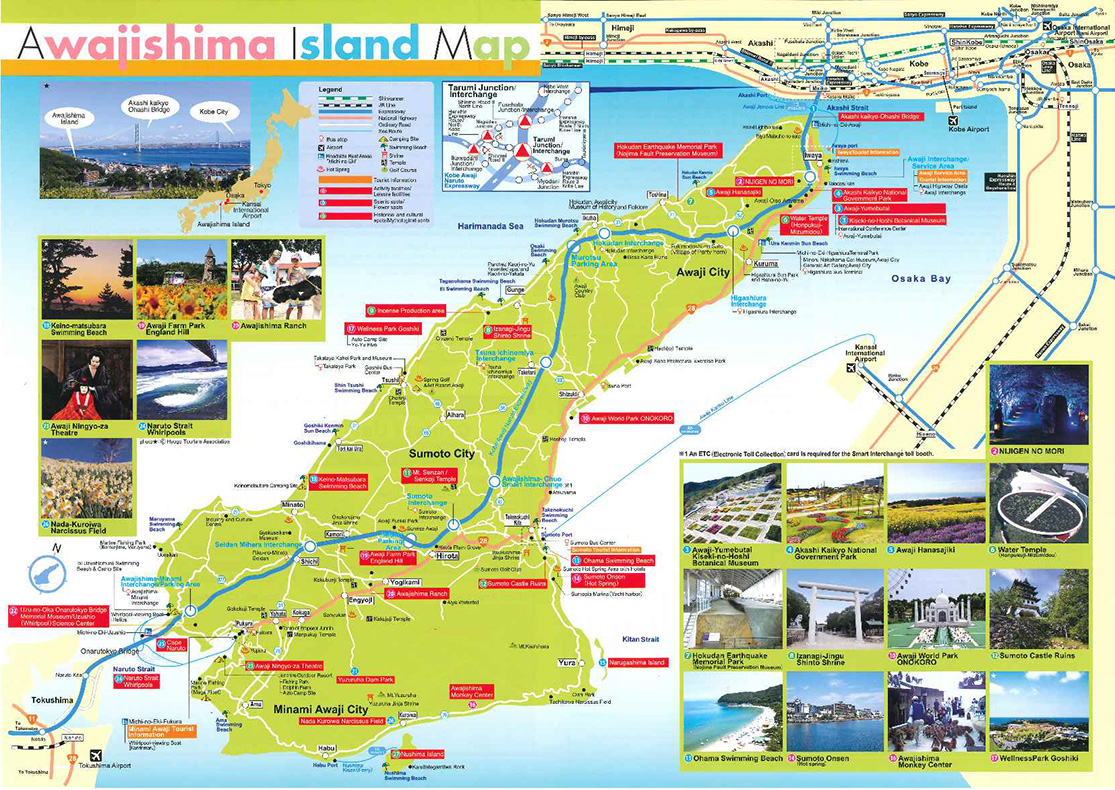
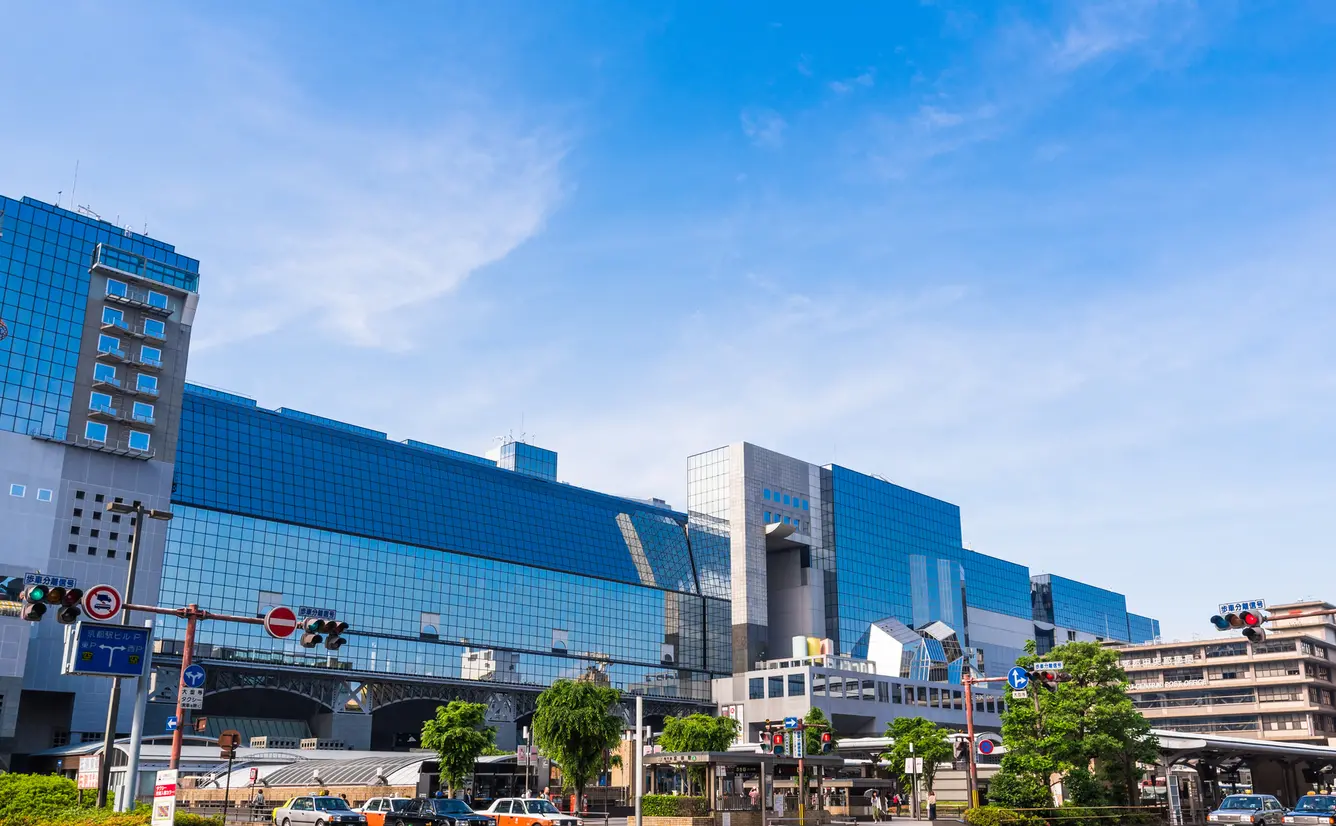
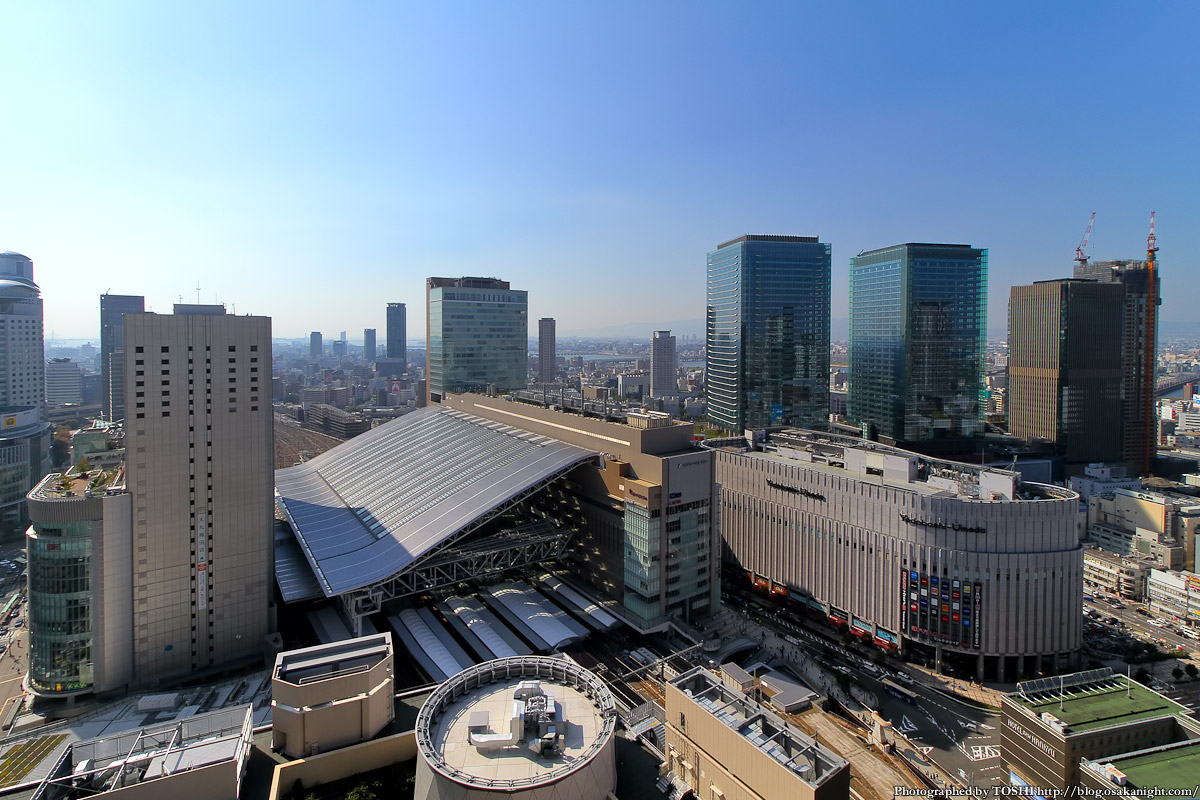

法隆寺,又称斑鸠寺,位于日本奈良县生驹郡斑鸠町,是圣德太子于飞鸟时代建造的佛教木结构寺院,据传始建于607年,但精确年代无从考证。法隆寺占地面积约18万7千平方米,寺内保存有大量自飞鸟时代以来陆续累积,被日本政府指定为国宝、重要文化财产的建筑及文物珍宝。
法隆寺分为东西两院,西院保存了金堂、五重塔;东院建有梦殿等,西院伽蓝是现存最古的木构建筑群。法隆寺建筑物群和法起寺共同在1993年以“法隆寺地域的佛教建筑物”之名义列为世界遗产。1950年时法隆寺从法相宗独立,现在是圣德宗的本山。
法隆寺,又称为斑鸠寺,位于日本奈良生驹郡斑鸠町,是圣德太子于飞鸟时代建造的佛教木结构寺庙,据传始建于607年,但是已无从考证。法隆寺占地面积约187000平方米,寺内保存有自飞鸟时代以来的各种建筑及文物珍宝,被指定为国宝・重要文化财产的文物约190类合计2300余件。法隆寺分为东西两院,西院保存了金堂、五重塔;东院建有梦殿等,西院伽蓝是世界上最古老的木构建筑群。法隆寺建筑物群和法起寺共同在1993年以“法隆寺地区佛教建造物”之名义列为世界文化遗产。法隆寺1950年从法相宗独立,现在是圣德宗的本山。
Der Hōryū-ji (jap. 法隆寺, dt. Tempel der Lehre Buddhas) ist ein buddhistischer Tempel in Nara in Japan. Auf seinem Gelände befinden sich die ältesten erhaltenen Holzgebäude der Welt und außerdem viele japanische Nationalschätze und Kulturgüter. Aufgrund dieser Tatsache wurde der gesamte Tempelbezirk vom UNESCO-Ausschuss für das Kulturerbe der Menschheit 1993 zum ersten japanischen Weltkulturerbe erklärt.
Die Geschichte des Hōryūji beginnt in der Asuka-Zeit etwa um 600 n. Chr., als der erkrankte Kaiser Yōmei das Gelübde ablegte, zum Dank für seine Gesundung einen Tempel und ein Buddhastandbild zu errichten. Dieses Gelübde konnte er aber nicht mehr einhalten, da er starb, kurz nachdem der genesen war. Sein Wunsch wurde so vom Kronprinz Shōtoku und der Kaiserin Suiko erfüllt, die im Jahre 607 den Tempel und die Statue errichteten. Der Tempel wurde Hōryūji oder auch Ikarugaji – nach seinem Standort auf dem Gelände des alten Ikaruga-Palastes – genannt. Bald darauf, im Jahre 670, wütete ein Feuer auf dem Tempelgelände, von dem das Nihonshoki berichtet, dass es „nicht ein einziges Gebäude“ verschont hätte. Diese Tatsache wird allerdings von Historikern sehr zweifelhaft beurteilt, da nachgewiesen werden kann, dass der Tempel nach seiner Errichtung über 400 Jahre eine Glanzzeit großer Traditionseinhaltung erlebte. Im Dezember 1993 schließlich wurde der gesamte Tempelbezirk als UNESCO-Weltkulturerbe deklariert und unter Denkmalschutz gestellt.(Quelle:http://www.kalkriese.de/H%C5%8Dry%C5%AB-ji.html)
Der Hōryū-ji (jap. 法隆寺, dt. „Tempel der Lehre Buddhas“) ist ein buddhistischer Tempel in der Stadt Ikaruga (Landkreis Ikoma) der japanischen Präfektur Nara. Er gehört zum UNESCO-Weltkulturerbe, und auf seinem Gelände befinden sich die ältesten erhaltenen Holzgebäude der Welt und außerdem viele japanische Nationalschätze und wichtige nationale Kulturgüter. Die Geschichte des Hōryū-ji beginnt in der Asuka-Zeit etwa um 600 n. Chr., als der erkrankte Kaiser Yōmei das Gelübde ablegte, zum Dank für seine Gesundung einen Tempel und ein Buddhastandbild zu errichten. Dieses Gelübde konnte er aber nicht mehr einhalten, da er starb, kurz nachdem er genesen war. Sein Wunsch wurde so von seinem Sohn, dem Kronprinzen Shōtoku, und der Kaiserin Suiko erfüllt, die im Jahre 607 den Tempel und die Statue errichteten. Der Tempel wurde Hōryū-ji oder auch Ikaruga-ji – nach seinem Standort auf dem Gelände des alten Ikaruga-Palastes – genannt. Bald darauf, im Jahre 670, wütete ein Feuer auf dem Tempelgelände, von dem das Nihonshoki berichtet, dass es „nicht ein einziges Gebäude“ verschont hätte. Diese Tatsache wird allerdings von Historikern als sehr zweifelhaft beurteilt, da nachgewiesen werden kann, dass der Tempel nach seiner Errichtung über 400 Jahre eine Glanzzeit großer Traditionseinhaltung erlebte.
法隆寺(ほうりゅうじ)は、奈良県生駒郡斑鳩町にある寺院。聖徳宗の総本山である。別名は斑鳩寺(いかるがでら、鵤寺とも)、法隆学問寺など[1]。
法隆寺は7世紀に創建され、古代寺院の姿を現在に伝える仏教施設であり、聖徳太子ゆかりの寺院である。創建は金堂薬師如来像光背銘、『上宮聖徳法王帝説』から推古15年(607年)とされる。金堂、五重塔を中心とする西院伽藍と、夢殿を中心とした東院伽藍に分けられる。境内の広さは約18万7千平方メートルで、西院伽藍は現存する世界最古の木造建築物群である。
法隆寺の建築物群は法起寺と共に、1993年に「法隆寺地域の仏教建造物」としてユネスコの世界遺産(文化遺産)に登録された。建造物以外にも、飛鳥・奈良時代の仏像、仏教工芸品など多数の文化財を有する。
Hōryū-ji (法隆寺, lit. Temple of the Flourishing Law) is a Buddhist temple that was once one of the powerful Seven Great Temples, in Ikaruga, Nara Prefecture, Japan. Its full name is Hōryū Gakumonji (法隆学問寺), or Learning Temple of the Flourishing Law, the complex serving as both a seminary and monastery.
The temple's pagoda is widely acknowledged to be the oldest wooden building existing in the world, underscoring Hōryū-ji's place as one of the most celebrated temples in Japan.[1][2] In 1993, Hōryū-ji was inscribed together with Hokki-ji as a UNESCO World Heritage site under the name Buddhist Monuments in the Hōryū-ji Area. The Japanese government lists several of its structures, sculptures and artifacts as National Treasures. A 2001 study of its shinbashira, the central wooden column almost suspended inside the Tō, concluded the building to be a century older than previously thought.
The temple was originally commissioned by Prince Shōtoku; at the time it was called Ikaruga-dera (斑鳩寺), a name that is still sometimes used. This first temple is believed to have been completed by 607. Hōryū-ji was dedicated to Yakushi Nyorai, the Buddha of healing and in honor of the prince's father.[2] Excavations done in 1939 confirmed that Prince Shotoku's palace, the Ikaruga-no-miya (斑鳩宮), occupied the eastern part of the current temple complex, where the Tō-in (東院) sits today.[3] Also discovered were the ruins of a temple complex which was southwest of the prince's palace and not completely within the present temple complex.[3] The original temple, named by modern historians and archaeologists Wakakusa-garan (若草伽藍), was lost, probably burned to the ground after being hit by lightning in 670. The temple was reconstructed but slightly reoriented in a northwest position, which is believed to have been completed by around 711.[4] The temple was repaired and reassembled in the early twelfth century, in 1374, and 1603.[5]
In 1950 the maintainers of the temple broke away from the Hossō sect. The owners currently call the temple the headquarters of the "Shōtoku" sect.[6]
After the long controversy ignited by architecture historian Sekino in 1905, the majority consensus view as of 2006 is that the current precinct is a reconstruction. The excavations in 1939 that uncovered the older temple site including architectural remains of a Kondō and a pagoda, are accepted as conclusive proof. The original complex, Wakakusa-garan, probably burned down, but there is still a debate as to whether a fire actually occurred in 670, as recorded in the Nihon Shoki, or whether there was another reason.[7]
Le Hōryū-ji (法隆寺?) est un temple bouddhique situé à Ikaruga, bourg de la préfecture de Nara au Japon.
Les bâtiments les plus anciens (le kondō, la pagode à cinq étages et la porte centrale) datent de la période Asuka (milieu du VIe siècle - 710) et sont considérés comme les plus anciennes constructions en bois du monde.
D'après les textes anciens, l'empereur Yōmei, en proie à la maladie, fit le vœu de bâtir un temple et d'y installer une statue de Bouddha afin d'obtenir la guérison. Il mourut peu après, mais l'impératrice et le prince héritier Shōtoku firent construire en 607 un temple nommé temple Ikagura (d'après le nom du lieu) ou Hōryū-ji (littéralement « Temple de la Loi Florissante »), conformément aux volontés de l'empereur1. Les premiers bâtiments formant le temple ont été construits par des artisans venus du royaume coréen de Baekje. Ils sont alignés suivant un axe nord-sud selon une tradition continentale2.
Même si un important incendie a peut-être détruit l'ensemble des bâtiments en 6701, le temple peut s'enorgueillir de quatorze siècles d'observance continue de la tradition.
Le 26 janvier 1949, des peintures murales, exemplaires de l'iconographie bouddhique japonaise et datant de la fin du VIIe siècle, prennent feu dans le bâtiment principal du temple, une œuvre architecturale classée trésor national depuis 18973,4. L'émoi suscité dans tout le pays, et même au-delà, par cette perte incite le législateur japonais à agir5,3. Le 30 mai 1950, le ministère de l'Éducation promulgue par ordonnance une loi sur la protection des biens culturels6,7.
Le temple est devenu en 1993 le premier site japonais inscrit sur la liste du patrimoine mondial1.
Hōryū-ji (法隆寺?) è un complesso templare buddista della città di Ikaruga-no-Sato, vicino a Nara, in Giappone.
Gli edifici più antichi (il Kondō, la pagoda a 5 piani e la porta centrale) risalgono al periodo Asuka e sono considerati le più antiche costruzioni in legno esistenti al mondo.
Secondo i testi antichi, l'imperatore Yōmei, molto malato, fece il voto di erigere un tempio, in cui avrebbe fatto mettere una statua di Buddha, per ottenere la guarigione. Poco dopo morì, senza aver potuto compiere il proprio voto, ma l'imperatrice Suiko ed il suo reggente, il principe Shōtoku fecero costruire, nel 607, il complesso templare chiamato Ikaruga (dal nome del luogo ove sorgeva) o Hōryū-ji (letteralmente «Tempio della Legge Fiorente»), secondo le intenzioni dell'imperatore.
Seppure un grave incendio, nel 670, avrebbe distrutto gran parte degli edifici, il complesso templare può vantare 14 secoli di ininterrotta osservanza della tradizione.
Nel 1993, è stato il primo sito giapponese ad essere riconosciuto patrimonio mondiale dell'umanità.
Hōryū-ji (法隆寺 lit. Templo de la Ley Floreciente?) es un templo budista localizado en Ikaruga, prefectura de Nara, Japón. Su nombre completo es Hōryū Gakumonji (法隆学問寺 lit. Templo de la Enseñanza de la Ley Floreciente?), debido a que este sitio sirve como un monasterio. El templo es muy conocido por poseer las edificaciones de madera más antiguas en el mundo.12 3 Debido a que tiene los templos más antiguos y más importantes, Hōryū-ji es el templo más venerado en Japón.4 En 1993, Hōryū-ji fue designado como Patrimonio de la Humanidad de la Unesco y el gobierno japonés lo ha nombrado como un Tesoro Nacional.
El templo fue originalmente comisionado por el príncipe Shotoku a la firma constructora Kongō Gumi; en aquella época se le llamaba "Ikaruga-dera"(斑鳩寺). El primer templo se completó en el año 607. El Hōryū-ji estaba dedicado a Yakushi, el Nyorai de la curación, y en honor al padre de Shotoku.[4]. Se ha confirmado, por medio de excavaciones en el sitio actual del templo, que el palacio del príncipe Shotoku ocupaba el extremo oriental de dicho sitio.[5]. También se descubrieron las ruinas de un complejo de templos al sur del palacio, y que no estaba comprendido dentro del complejo moderno. [6]. El templo fue alcanzado por un rayo y se incendió completamente en el año 670. Entre el 670 y el 700 el templo fue reconstruido siguiendo el estilo original pero reorientado en una posición al noroeste. [7]. El templo se reparó y reensambló a principios del siglo XII, en el año 1374 y en 1603. [8]. Se ha estimado que apenas 15 a 20 por ciento del Kondo contiene materiales de la reconstrucción original. [9].
El clan Shoga derrotó y exterminó sumariamente a la familia Shotoku en una rencilla por el poder. [10]. Como prueba del respeto que la familia rival tenía por el príncipe, se permitió la reconstrucción del templo, aún siendo propiedad de una familia rival y que había caído en desgracia. [11].
Posteriormente el templo se convirtió en un centro religioso importante del Budismo Hossō.
Aunque el punto de vista generalizado es que el templo actual fue reconstruido tras el incendio del 670, aún se debate si dicho incendio realmente tuvo lugar. Los detractores de la teoría del incendio apuntan a la ausencia de evidencia basándose en muestras del suelo del complejo, las medidas del templo que están basadas en el shaku Goguryeo en lugar del shaku Tang, y el estilo arcaico del templo, incongruente con los estilos arquitectónicos de inicios del siglo VIII. [12]. [13]. Por otro lado, quienes opinan que sí hubo tal incendio indican que el Nihon Shoki da cuenta de un gran incendio en el 670 en el que ni un solo edificio quedó en pie; la biografía del príncipe Shotoku habla de un incendio en el templo en el 610.[14]. [15]. Las excavaciones que descubrieron el sitio del templo más antiguo se aceptan como prueba definitiva de que existió un templo original que sufrió un incendio, y que el templo actual es una reconstrucción.[16].
Хорю-дзи (яп. 法隆寺 Храм процветающей дхармы) — буддийский храм в городе Икаруга, префектура Нара, Япония.
Полное название храма — Хорю Гакумон-дзи (法隆学問寺), то есть храм изучения процветающей дхармы, храм использовался не только как семинария, но и как монастырь. Храм считается древнейшей деревянной постройкой в мире.[1] Храм особенно почитается в Японии как самый старый храм.[2] Этот храм является одним из немногих храмов школы хоссо (соответствующей индийской философской школе йогачара, основатель школы — Досё). Храм входит в число семи крупнейших храмов юга.
Храм основал принц Сётоку, и он получил название Икаруга-дэра (斑鳩寺). Строительство, в котором принимали участие основатели компании Конго Гуми, было закончено в 607 году. Храм был посвящён Якуси, Будде Медицины, в честь отца принца[2]. Раскопки показывают, что принц Сётоку занимал часть дворца на современной храмовой территории[3]. Ранее комплекс находился к югу от дворца, а не на нынешнем месте[3]. Храм был поражён ударом молнии и полностью сгорел в 670 году. С 670 по 700 год храм был восстановлен, но переориентирован[4]. Несколько раз храм ремонтировали и пересобирали — в начале XII века, в 1374 и в 1603[5]. Считается, что только 15-20 % строений Кондо сохранили оригинальные материалы храма во время реконструкции[5].
Когда клан Сога победил род Сётоку, этот род был ликвидирован[6]. Однако Сога разрешил восстановить храм для мятежного и бессильного рода из уважения к принцу[6].
Позднее храм стал важнейшим центром школы хоссо. В 1950 году храм был передан Сётоку-сю, подшколе почитателей принца Сётоку в хоссо.
 Architecture
Architecture
 World Heritage
World Heritage
 Exhibition
Exhibition
 Agriculture, forestry, livestock, fishing
Agriculture, forestry, livestock, fishing
 Geography
Geography
 Economy and trade
Economy and trade
 Fashion world
Fashion world
 Life and Style
Life and Style
 Sport
Sport
 Companies
Companies
 History
History
 Religion
Religion